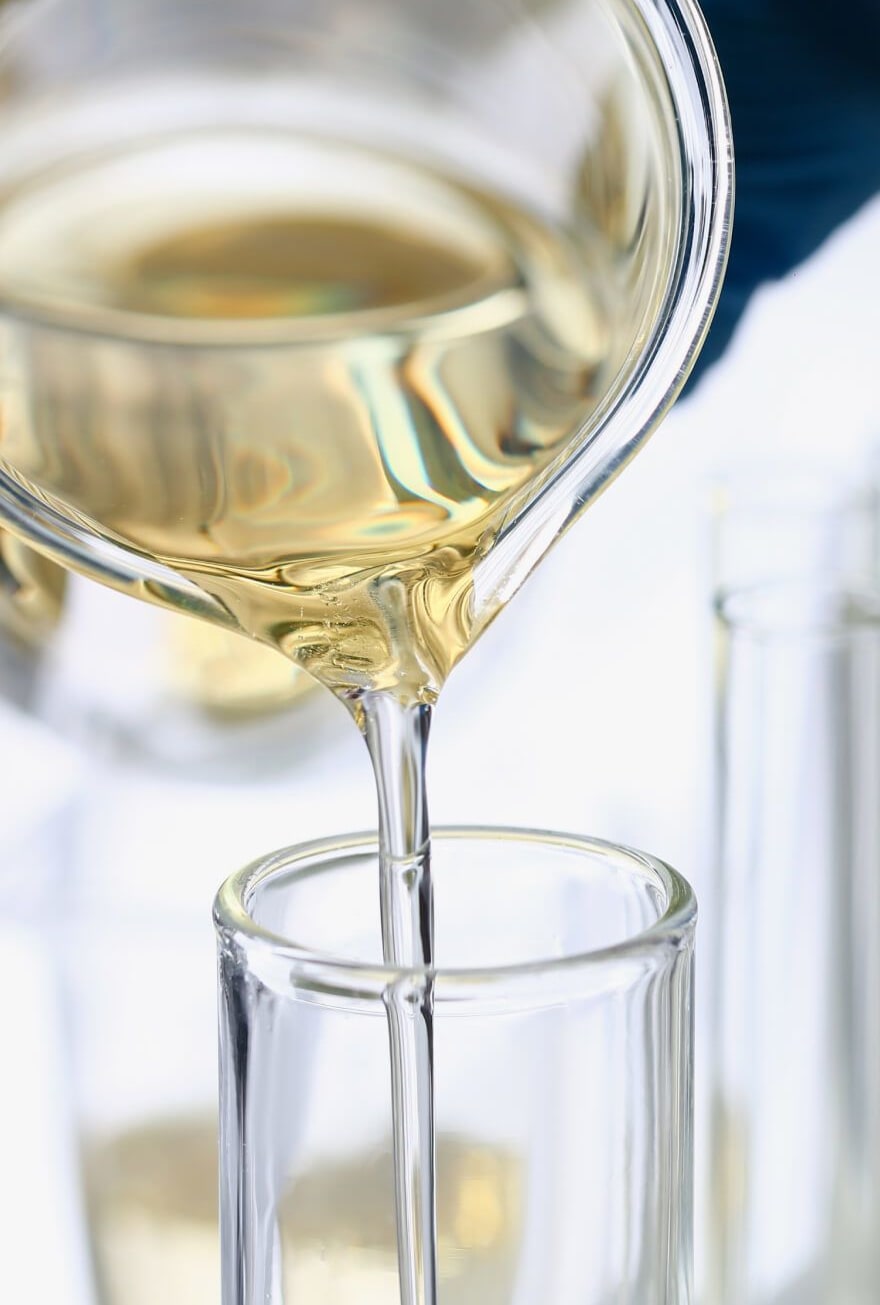Knowde Enhanced TDS
Identification & Functionality
- Chemical Family
- Fluids & Lubricants Functions
- CAS No.
- 127087-87-0
- EC No.
- 500-315-8
- Technologies
Features & Benefits
- Fluids & Lubricants Features
- Biodegradability
Product is expected to be biodegradable.
- Product Benefits
- 100% active
- Standard emulsifier chemistries
- Hard water tolerant
- Metal cleaning components, low foaming and coupling agent capabilities
Functional Characteristics.
STEPAN® MWA Products Product Class Sub-Class Functional Characteristics Emulsification Lubricity Antifoaming Metal Cleaning Hard Water Tolerance Antimisting Corrosion Inhibition Coupling Agent Biocidal Inert 200 Series Alkoxylates Castor Oil X X Alcohol X X X X X X Nonyl Phenol X X X EO/PO Polymers X X
Applications & Uses
- Markets
- Fluids & Lubricants Type
- Fluids & Lubricants End Use
- Applications
- STEPAN MWA-210 is nonionic in nature; they neither ionize in water nor hydrolyze in aqueous acid or alkaline solutions. Chemically, they are the reaction products of nonylphenol and ethylene oxide. They differ in the mole ratio of hydrophilic ethylene oxide to hydrophobic nonylphenol. STEPAN MWA 210 is a high active product that offers a broad range of properties.
- STEPAN MWA-210 can be used as emulsifiers and as coupling agents for metalworking formulations, used alone or in combination with other surfactants. It can enable improved performance in metal cleaning in metalworking applications and can be used to efficiently remove oil residue from metal surfaces.
Properties
- Physical Form
- Appearance
- Clear viscous liquid (at 25°C)
- Typical Properties
| Value | Units | Test Method / Conditions | |
| Actives Content | 99.5 | % | — |
| Average Number of Moles (Ethylene oxide) | 4 | — | — |
| Color | 80 | — | Apha Scale |
| Density | 1.04 | g/ml | — |
| Flash Point | min. 94 | °C | PMCC Flash Point Tester |
| Freeze Point | -7 | °C | — |
| HLB | approx. 9 | — | — |
| Hydroxyl Number | 142 | — | — |
| pH | 7.5 | — | — |
| Pour Point | -4 | °C | — |
| Pour Point | -20 | °C | — |
| Regulated Volatile Organic Chemicals | 0 | % | U.S. EPA |
| Viscosity (at 25°C) | 270 | cPs | — |
Regulatory & Compliance
- Certifications & Compliance
- Chemical Inventories
- Clearances
The international inventories (country clearances) for STEPAN MWA-210 can be found in Section 15 of the Safety Data Sheet (SDS). It is the responsibility of the formulator to review the chemical control regulations for each country where the end-product is intended to be sold or used.
Safety & Health
- Health Effects
STEPAN MWA-210 is practically non-toxic orally (LD₅₀ > 5000 mg/kg). The undiluted product is expected to be moderately irritating to the skin and eyes. See SDS for more information.
Packaging & Availability
- Standard Packaging
STEPAN MWA-210 are made-to-order products available in drums and in bulk quantities.
Storage & Handling
- Storage & Handling
- Normal safety precautions (i.e., gloves and safety goggles) should be employed when handling STEPAN MWA-210. Contact with eyes, nose or prolonged contact with skin should be avoided. Wash thoroughly after handling STEPAN MWA-210. See SDS for more information.
- It is recommended that STEPAN MWA-210 products be stored in sealed containers and kept in a cool, dry place. If material is frozen it should be heated gently and stirred to ensure it is homogeneous before use.
- Bulk Storage Information: STEPAN MWA-210 surfactants can be stored in vessels of 316 stainless steel, but carbon steel is adequate. Material should be stored between 100 - 110°F (38 - 43°C). STEPAN MWA-210 should be stored above 105°F (40°C). An internal hairpin coil of carbon steel with low pressure steam (under 50 psig) should be used if heating is required. Mild agitation is required if the tank is heated. Material is heat sensitive and agitation prevents localized heating. Heating may not be required for inside storage if the tank is turned over frequently. Stainless steel 316 is preferred for pumps, pipes and transfer lines; however, carbon steel is adequate.
- Workplace Exposure
Occupational exposure can occur primarily through skin contact or via inhalation of vapors and mists. Engineering controls, personal protective equipment, and other workplace practices should be used to control these exposures. See SDS for more information.

